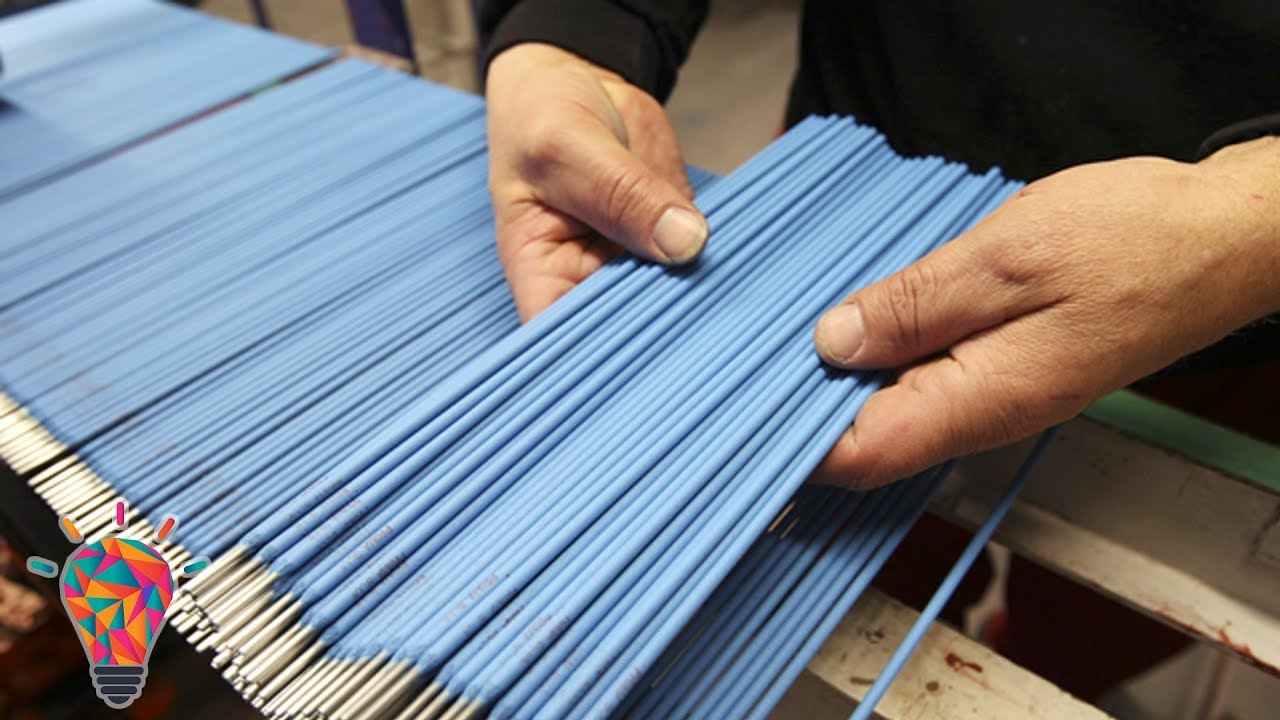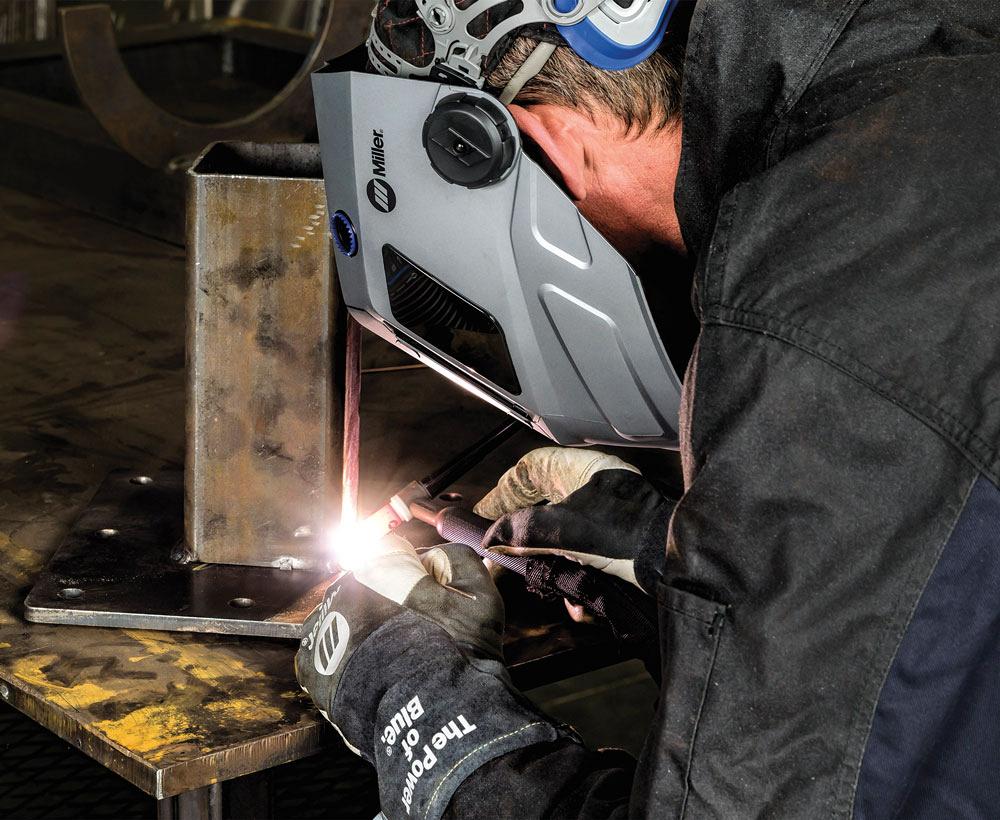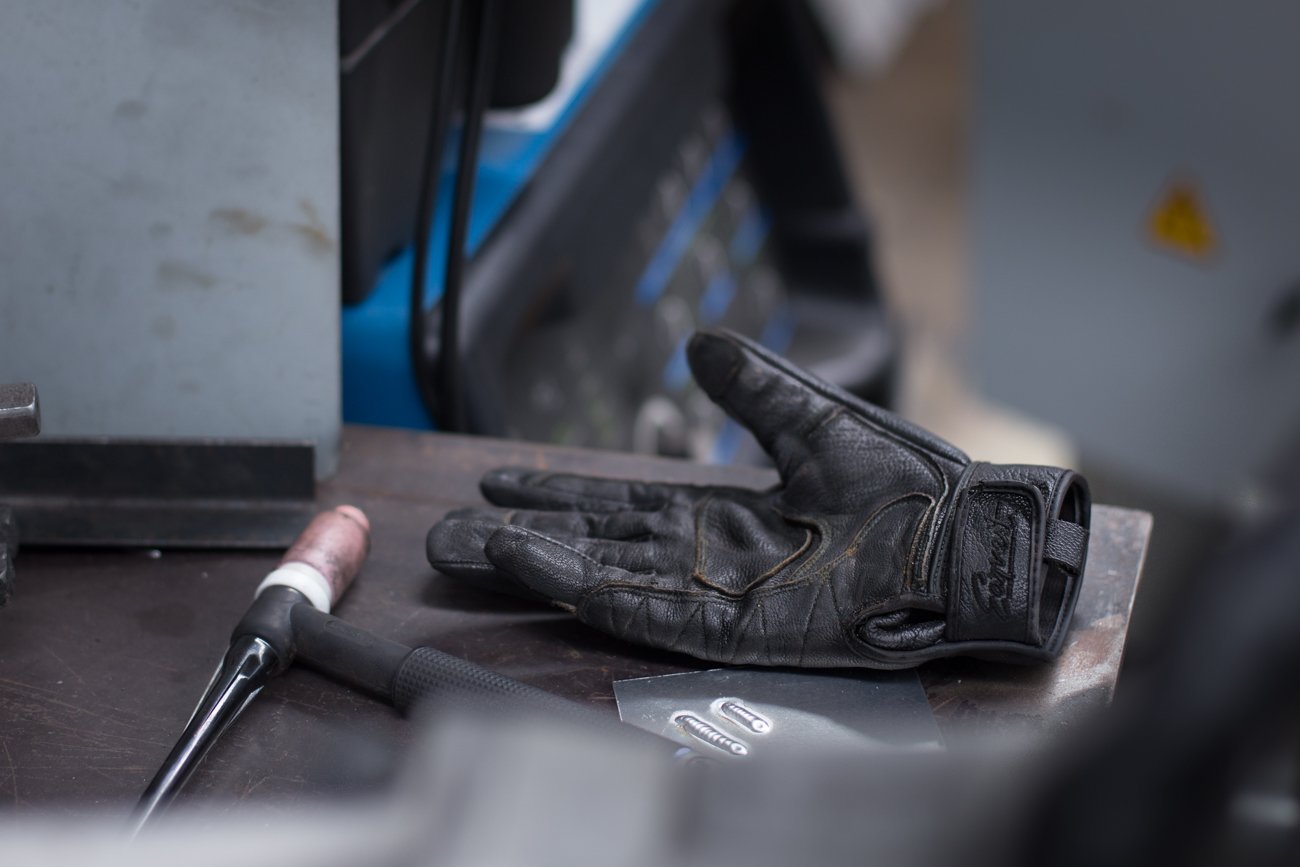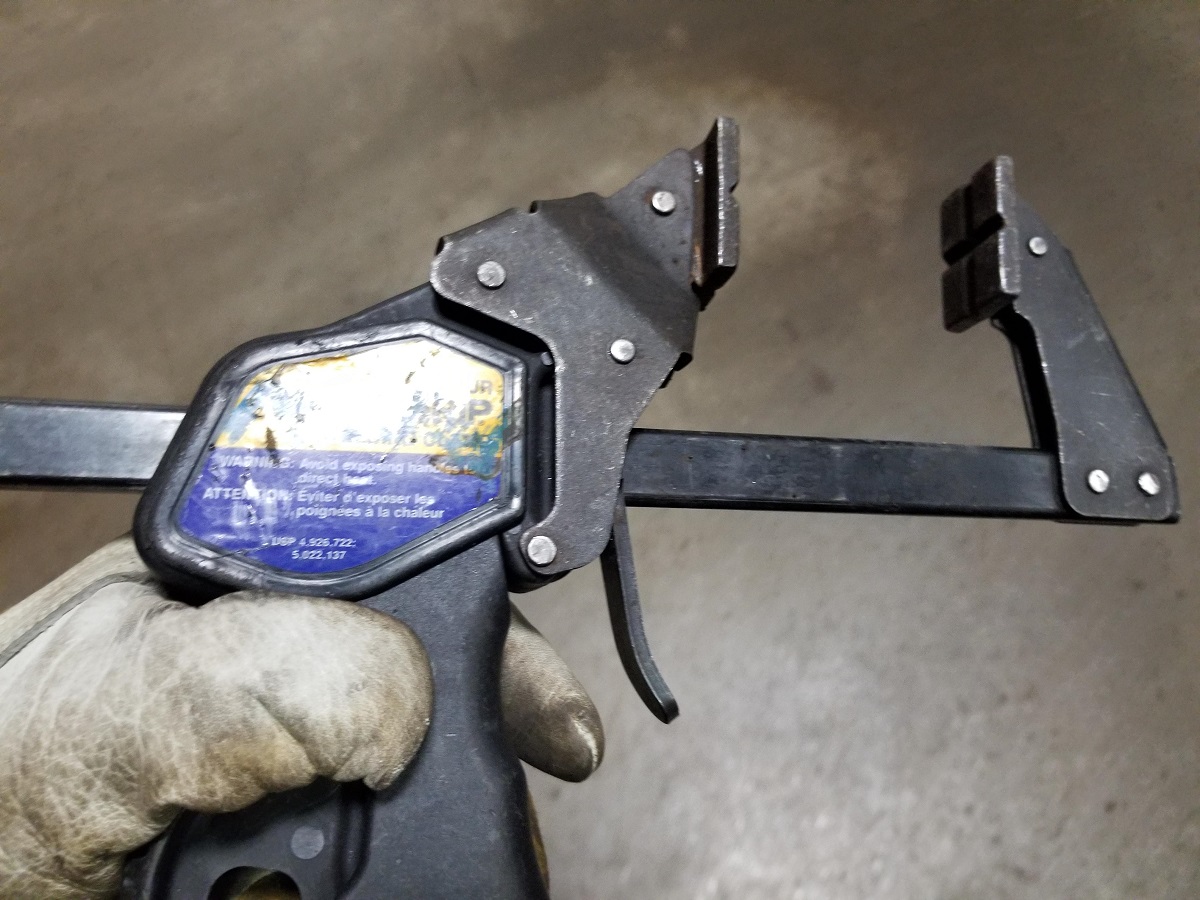
Essential Welding Supplies and Equipment
From big ships and planes to fences and tandem trailers welding is widely used to bring both small and big structures together with the help of heat and electricity. This type of fabrication process fuses two parts together by heating a material that acts as glue and joins the parts as it cools down. Welding has been around for a long time and it has helped in creating most metal structures.
There is no other fabrication process that does so well at joining metal pieces together as welding. Welding ensures that the pieces you put together will stay together no matter what you put them through. As long as the metal itself doesn’t weaken, the weld will stay in the same state it was when you first made it. As simple as it sounds though, welding actually requires you to have numerous types of welding equipment and supplies.
Contents
What Equipment Do You Need for Welding?
Electrodes
What is consumed daily by all welders and welding machines are electrodes. These consumables act as the bonding material which is melted by an electric arc. It’s important to have adequate and complete welding supplies when it comes to electrodes meaning you need to possess electrodes in different thicknesses. Not all types of metal can be joined together with the same electrode.

Welder
To make the weld, you need a welder. The welder or welding machine pools the electrode and heats it properly until it melts. In order to complete every project, your welder will need enough power and duty cycle which will depend on the type of welding process you using (more on that later).
Helmet
To keep your eyes and face safe from the flying sparks and light that result from welding you need to wear a helmet. But not just any helmet, one that has a tinted see-through pane. You can also get an auto-darkening helmet which darkens the pane automatically as soon as you start welding.

Clothing
Keeping yourself safe from catching fire is as important as knowing how to weld. Wearing a fire-resistant jacket, pants and boots will ensure you’re safe. But no matter how well protected the rest from your body is, your hands are exposed to the sparks generated from the welding process, so you’ll also need gloves.
Gloves
Gloves can not only keep your hands safe from bruises and burn marks but they can also make welding more comfortable. Holding a hot piece of metal for a long time can be quite uncomfortable and you don’t want to go home with your hands dirty from handling all that metal. Gloves also need to be fire-resistant.

Clamps
To keep everything in place while welding two pieces together, you need clamps. While clamps are a small part of the welding process, they are an important one since they help you line up the pieces you’re joining together. You’ll also want to get grounding clamps to keep you safe from electric shocks. You don’t have complete welding supplies without these clamps. They are usually made of copper and come in contact with the workpiece, just for a different purpose.

Angle Grinders
To join two or more metal pieces together you need to first prepare them. This is where an angle grinder comes in handy, since it can help clean the surface which you’ll be using to join a piece onto. Make sure to choose your angle grinders power output depending on your welding process.
Types of Welding Processes
TIG
Also known as tungsten inert gas welding, this is a process that offers a great deal of precision. Although TIG welding is not easy to learn, it is ideal when you want to weld aluminium and alloy metals. TIG is similar to MIG, but unlike MIG, it uses a metal rod inside the welding gun.
MIG
Metal inert gas welding is a process that involves using a wire that is melted with the power of electricity. Heat is necessary to melt the electrode which is generated thanks to an electrical circuit that runs through the metals that need to be welded together. MIG welding is a lot easier to learn but it is not as affordable.
Stick
Stick welding is a two-handed welding method that is also known as SMAW (shielded metal arc welding). This welding process is similar to TIG as it also uses a metal filler rod, which in this case is coated with flux. When these welding parts and supplies melt the coating melts with them which generates a protective gas that keeps the weld safe from contamination.
Flux-Cored
FCAW or flux-cored arc welding relies on a continuously fed electrode tube which is similar to MIG welding. The tube used for the weld is metal on the outside, while on the inside it contains a flux agent. This agent melts when welding two workpieces together and thus it creates a liquid slag as well as gas that shields the weld from contamination.

